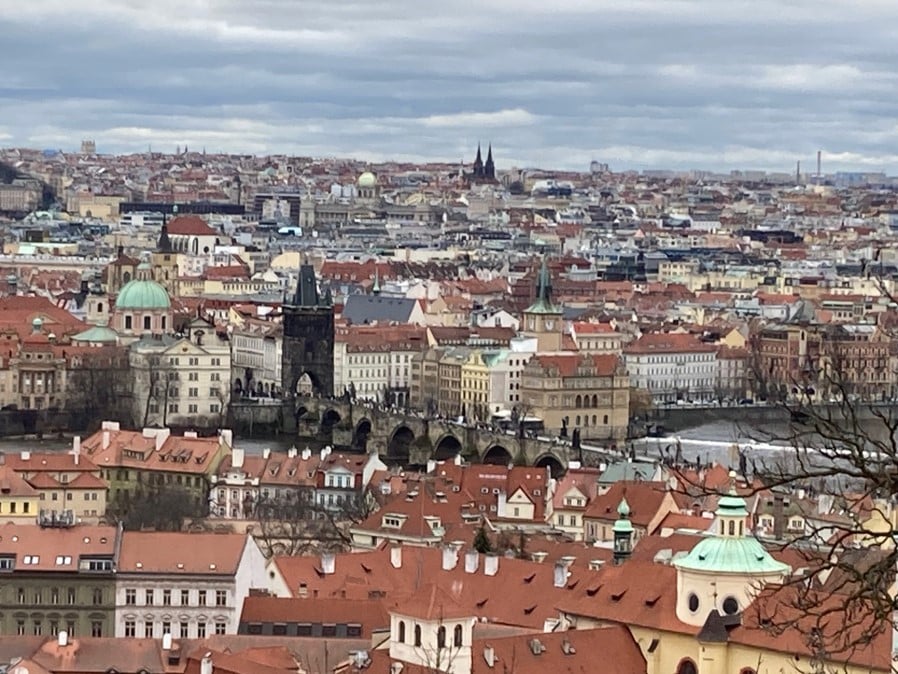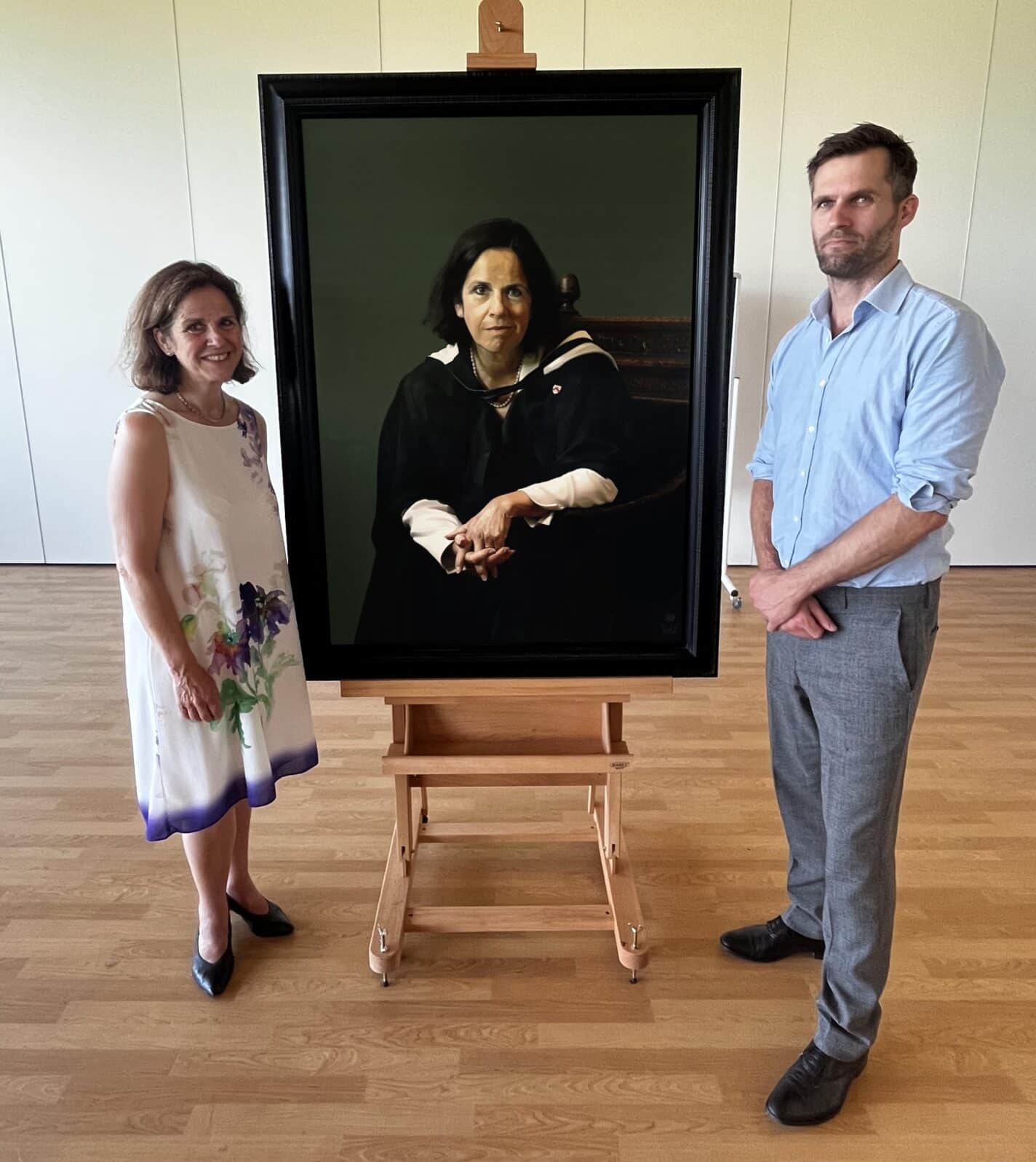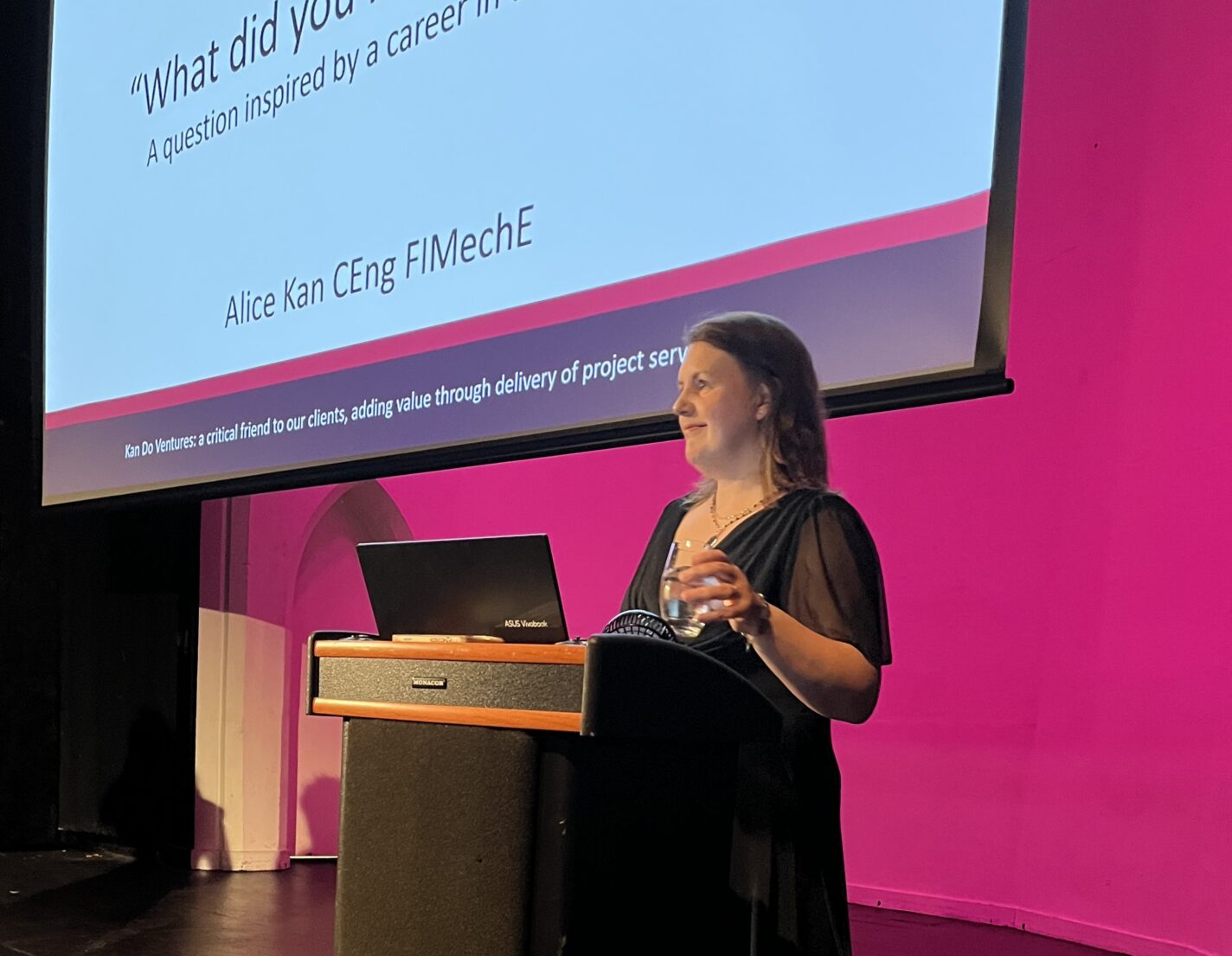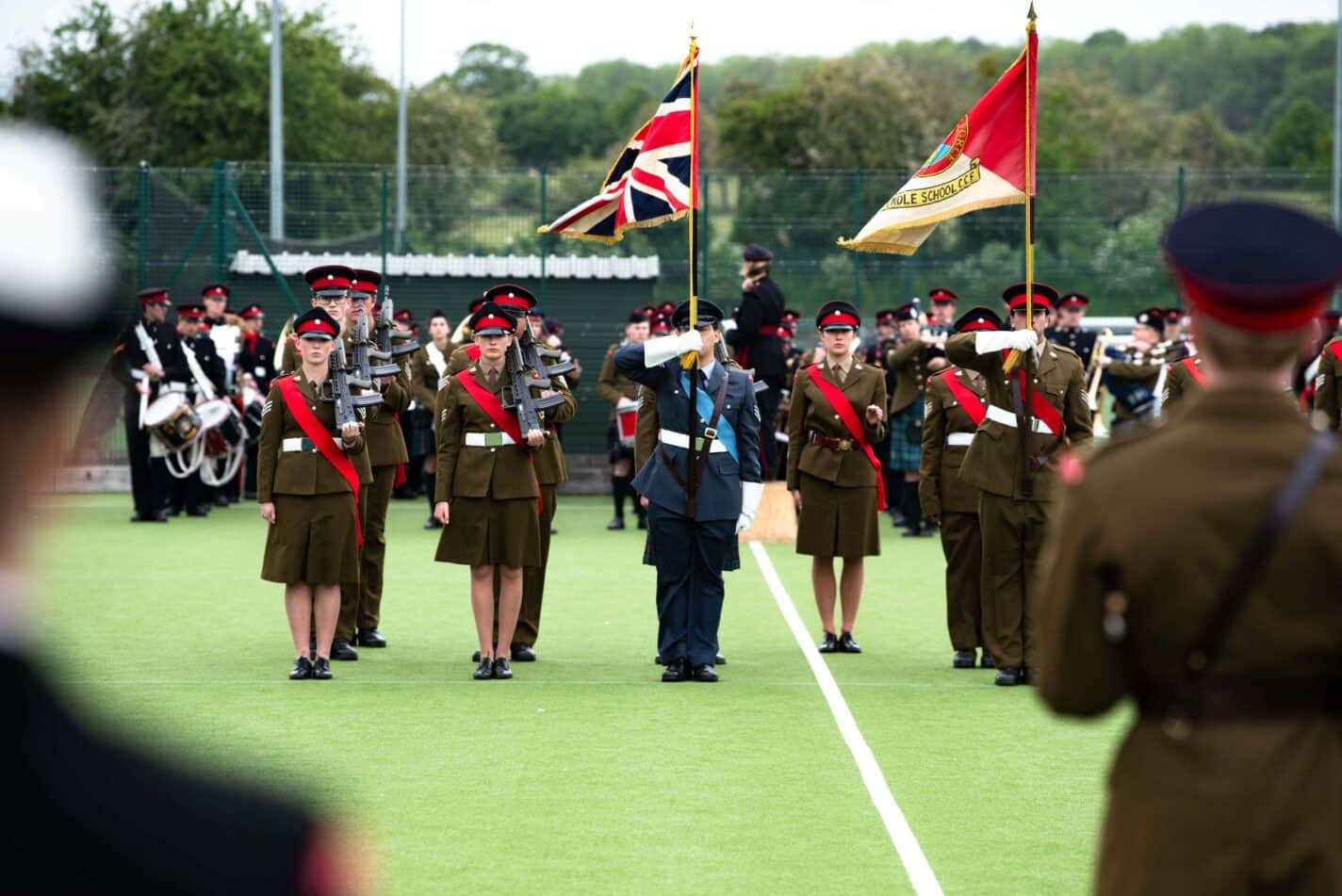Preparation for school trips is meticulous. The depth of the knowledge shared by department staff, the local contacts made, the quality of the tours to the well known highlights and lesser known corners of their destinations, is unrivalled. Sharing the experience with friends and teachers is never to be forgotten. This past Half Term, three departments took pupils to three different major European destinations.
The weather could not have been more enviable for the Spanish department trip to Vejer de la Frontera, near Cádiz in the south of Spain for an eight-day language exchange.
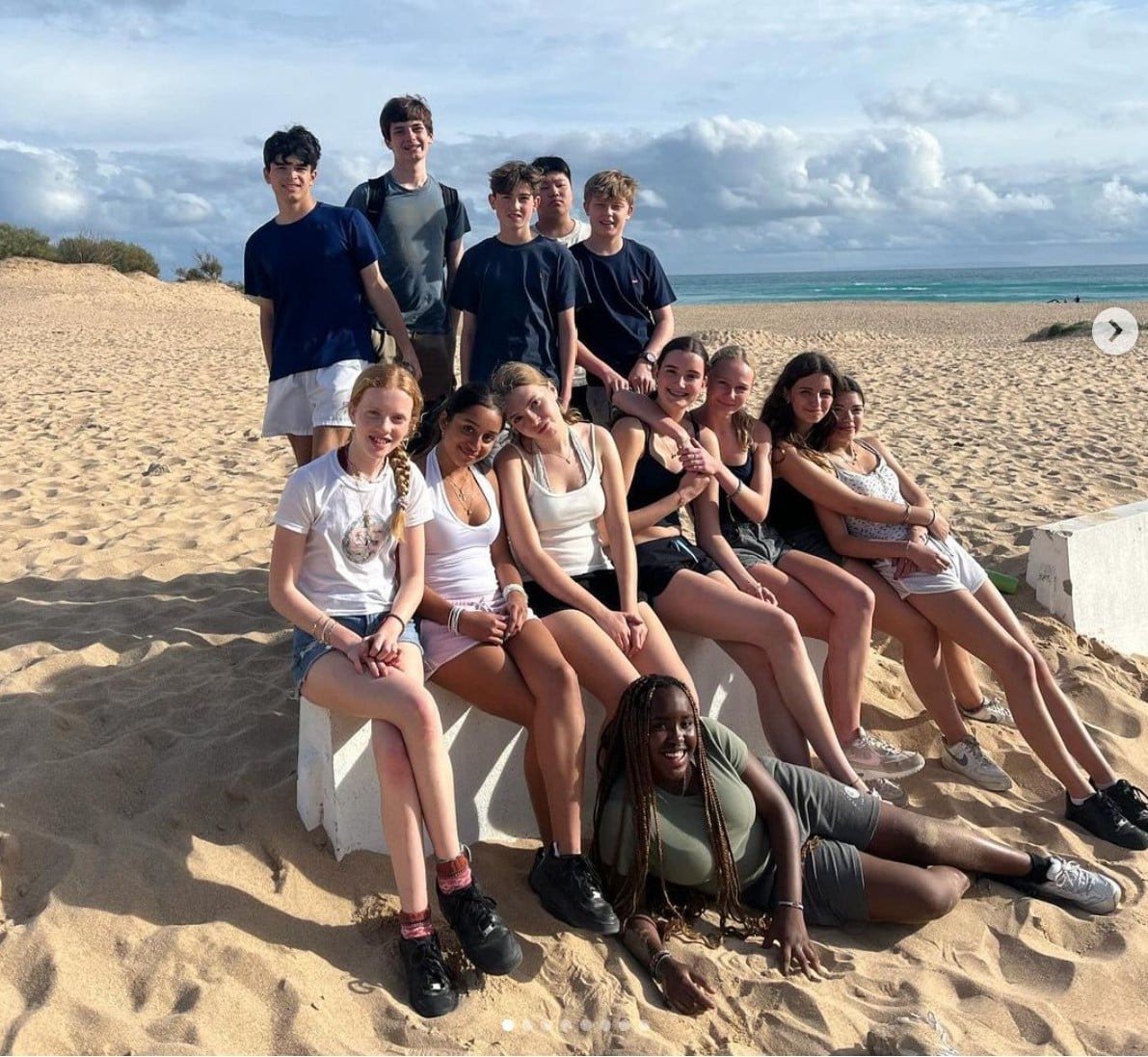
In the mornings, the Sixth Form pupils did work experience at shops, schools and businesses, whilst GCSE pupils had Spanish lessons. In the afternoons all the pupils joined up for a range of activities. Pupils loved the surfing, bike riding, donkey riding and the carnival in Cádiz. In the evenings, pupils went in pairs to visit Spanish family hosts for three hours, where they were warmly welcomed, well fed, and given lots of opportunities to practice their Spanish in a true immersive experience. The department also made a new link with a local school this year, which they will take advantage of during their next visit.
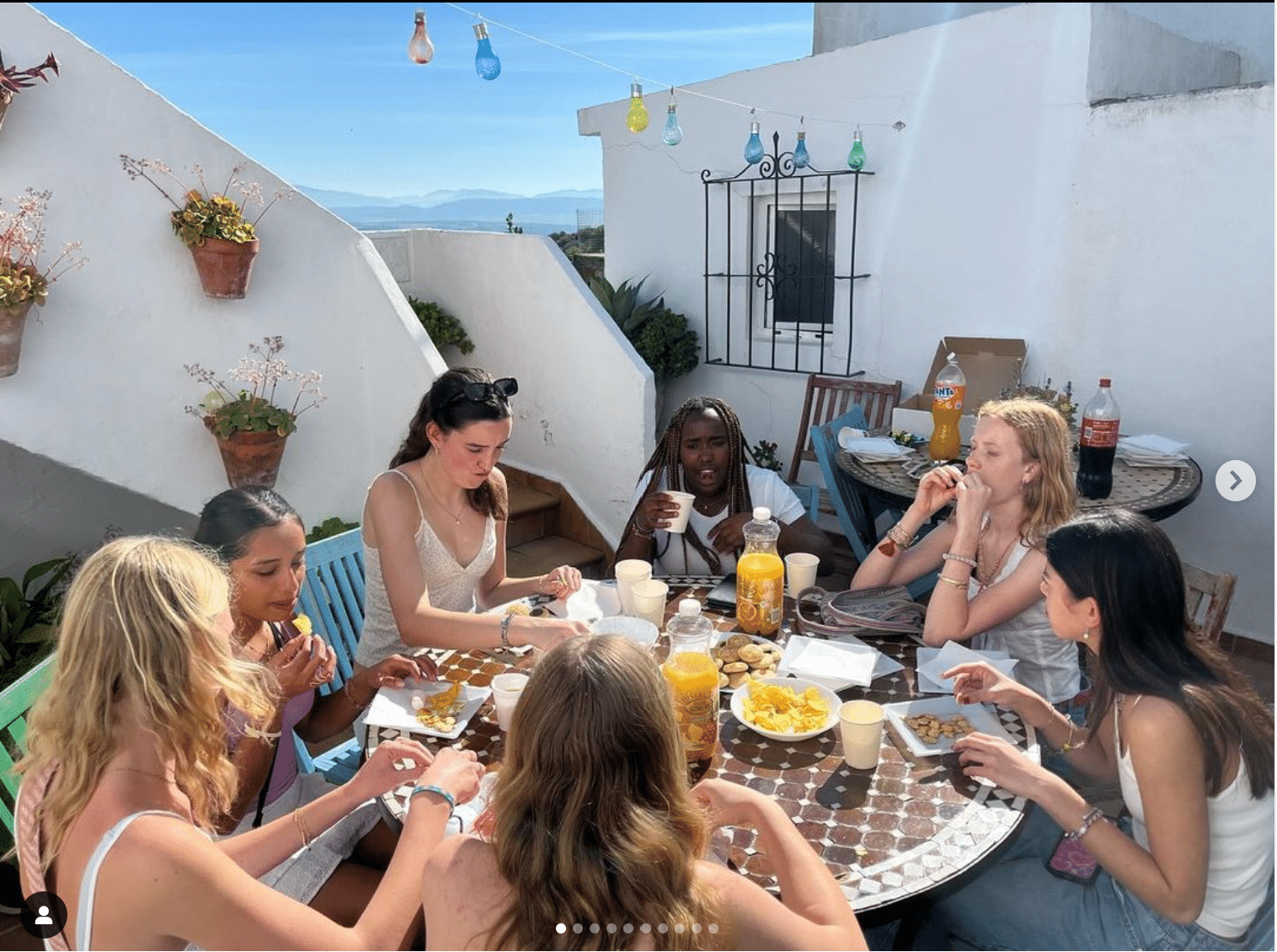
The cosmopolitan city of Berlin was the destination for a group of Sixth Form German pupils whose mission was to find out what makes contemporary German society tick. After a day of orientating themselves with sightseeing and shopping at a flea market in the hip area of Freidrichshain, they began a series of tours, meetings and discussions.
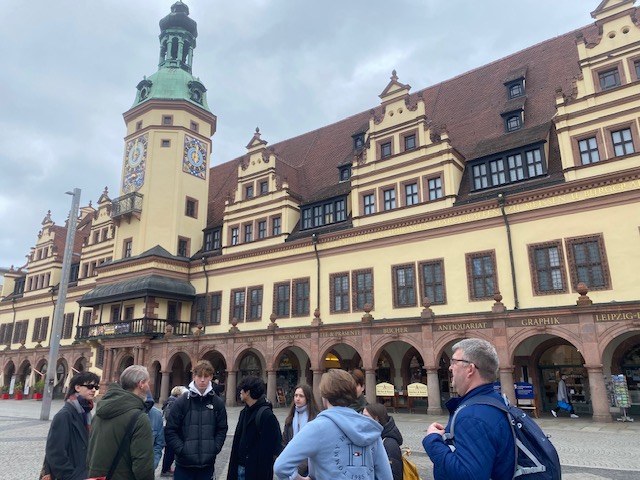
Beginning with a tour of the Alexanderhaus in Potsdam, they gained an outline of one hundred years of German history via the stories of its previous inhabitants, made famous by Thomas Harding’s book House by the Lake.
They then went to a school in the disadvantaged, multicultural area of Neukölln where most of the pupils they met have Arabic heritage. Their English was excellent, but they spoke German to encourage the Oundle pupils, and there were no barriers to discussing issues that affect young people in both countries, such as music, social media, fashion, multiculturalism. Taking advantage of the neighbourhood, they enjoyed lunch in a Syrian restaurant.
The pupils were very lucky to be welcomed to the Suhrkamp publishing house where they met the author and editor-at-large, Thomass Sparr, to talk about literature.
Politics was then the focus at a meeting with a group of MPs from the CDU, the Green Party and the AfD. The range of perspectives contributed to an interesting debate. Pupils learned about the changing demographics of German society at the federal ministry for youth, family, women and elderly as well as current projects to combat teenage pregnancy and domestic violence.
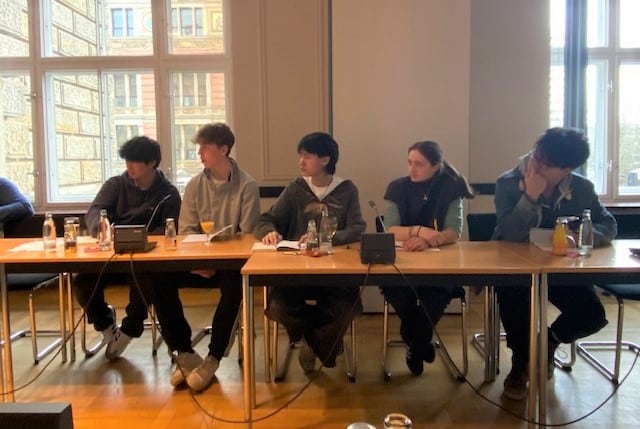
A walking tour of nearby Leipzig was led by a guide who explained how crucial Leipzig was to bringing about the fall of the Wall. They visited the former Stasi HQ, which is now a museum, and met Frau Hollitzer a well-known member of the Bürgerinitiative (citizen group) that occupied the building and threw out the Stasi back in 1989.
An interactive tour at the museum of fine arts was a highlight of the trip, which was concluded with dinner in a restaurant decorated as if it were in the GDR. Their days in Berlin were packed with experiences made particularly relevant by so many sit-downs with people from different walks of life. Writing in thanks to the Ernst-Abbe-Gymnasium where they met their pupil counterparts, Felix (S) wrote (in German): “When we went to an Arabic café with the students and talked with them, we realized that we can all be friends and learn from each other even though we come from different countries and cultures.”
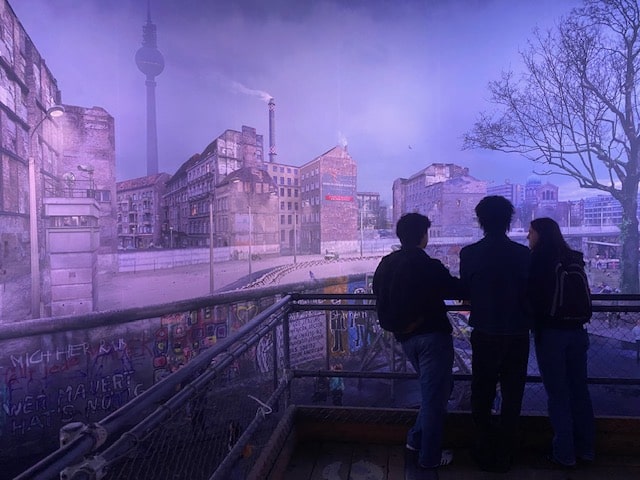
The History department took thirty-four Third Formers to Prague, another great European city packed with culture. Its history was narrated by teachers who led fascinating walking tours of the Castle District, the Old and New Towns, the Jewish Quarter, Cold War Prague and the sites of Operation Daybreak.
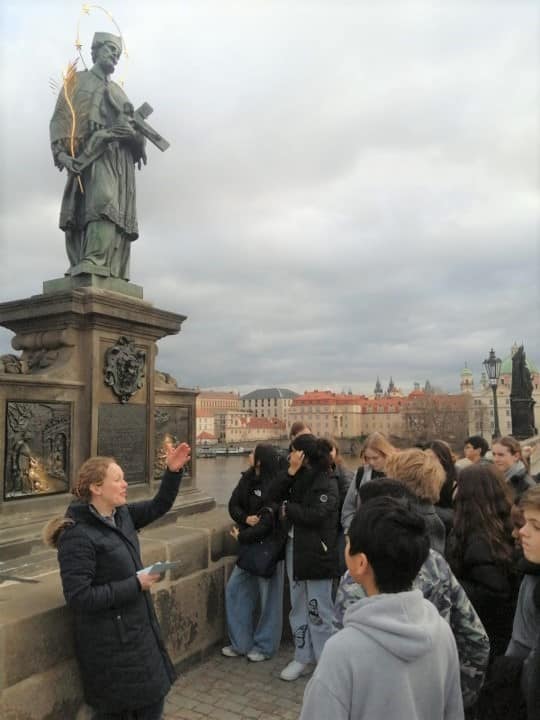
Trips out of Prague to Konopiste, the hunting lodge and family home to the Habsburg heir, Archduke Franz-Ferdinand followed. The group was inspired by the links between the residence and the events that led to the First World War.
They spent a morning at the Terezin Jewish ghetto and the small fortress which housed the Gestapo prison during the Second World War. A sombre and moving afternoon was spent at Lidice, the village selected as the site of the reprisals for Heydrich’s assassination in June 1942.
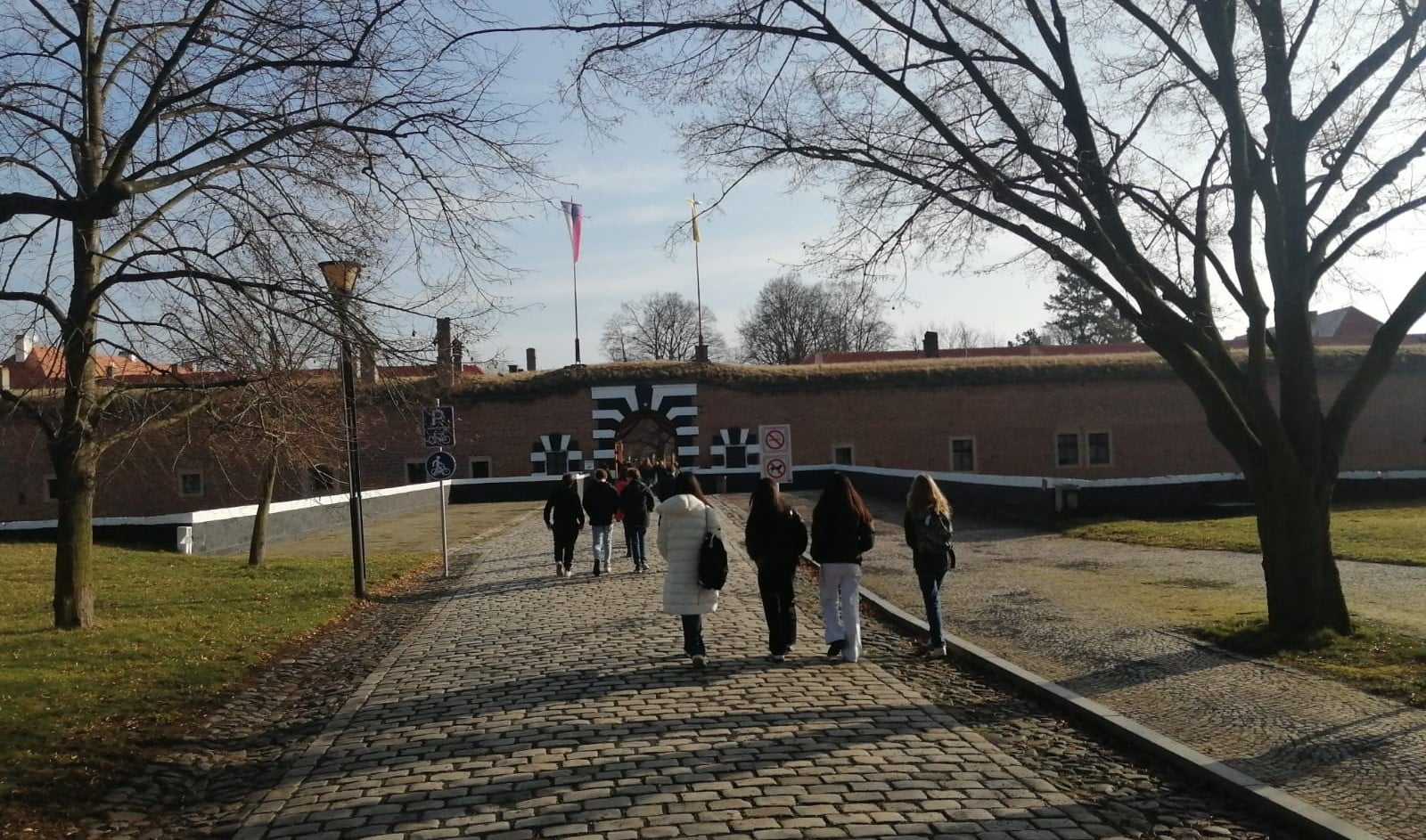
A cinema trip to see One Life, the story of Nicholas Winton who saved Jewish children during the war, as well as an incredible ballet performance of Onegin at the National Theatre, and a private concert by the Skampa Quartet, were all uplifting and impressive cultural activities. They visited old and new friends and acquaintances at the Jana Keplera Gymnasium, and even managed to fit in a short period of free time and shopping around the Old Quarter and Wenceslas Square on the final day.
